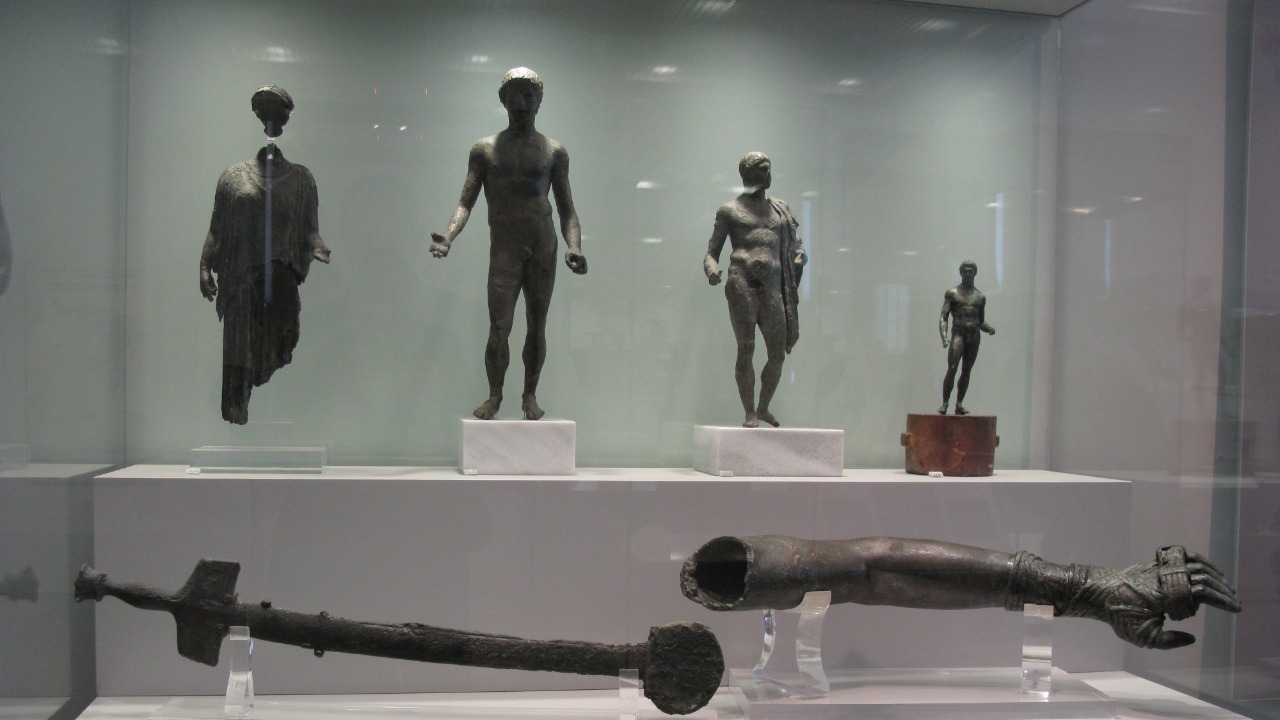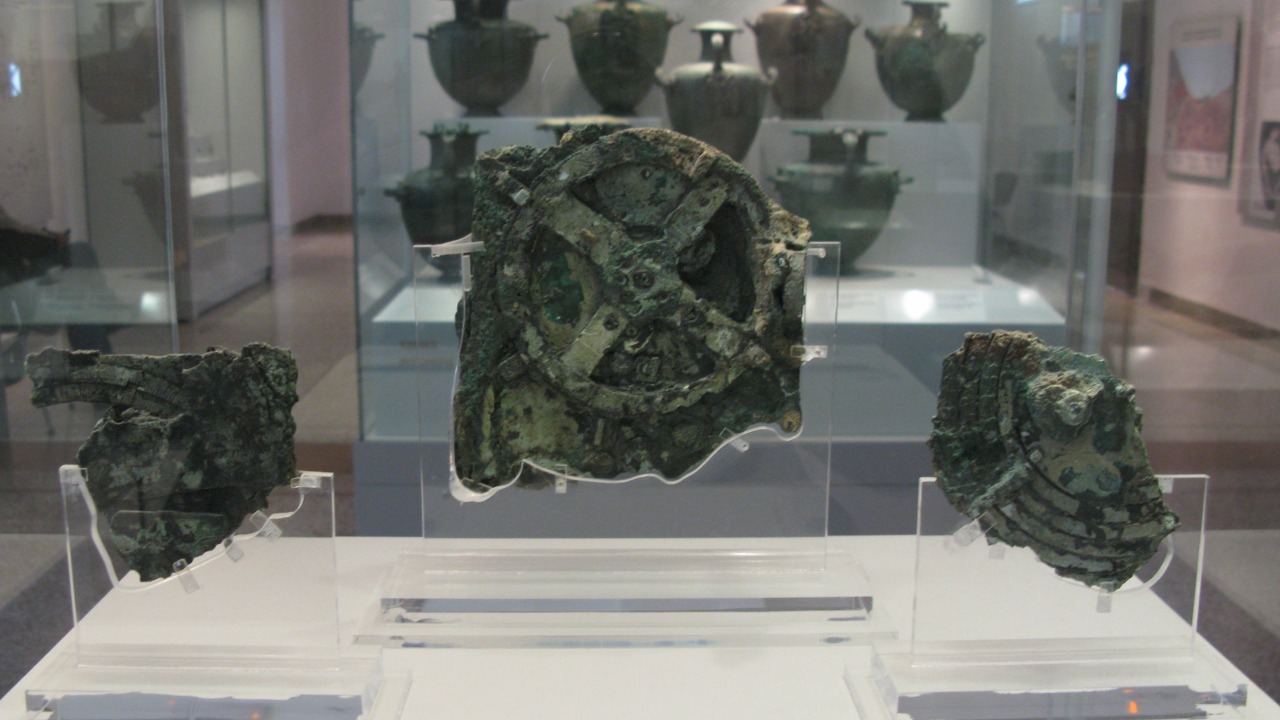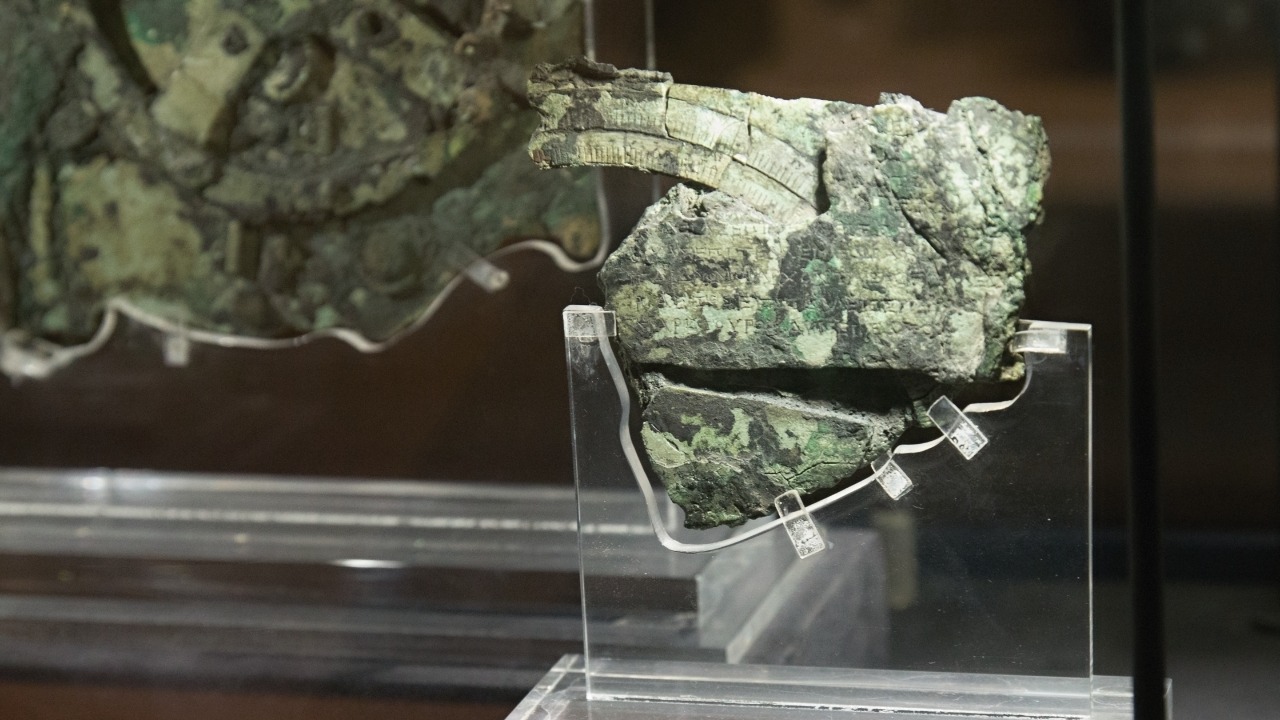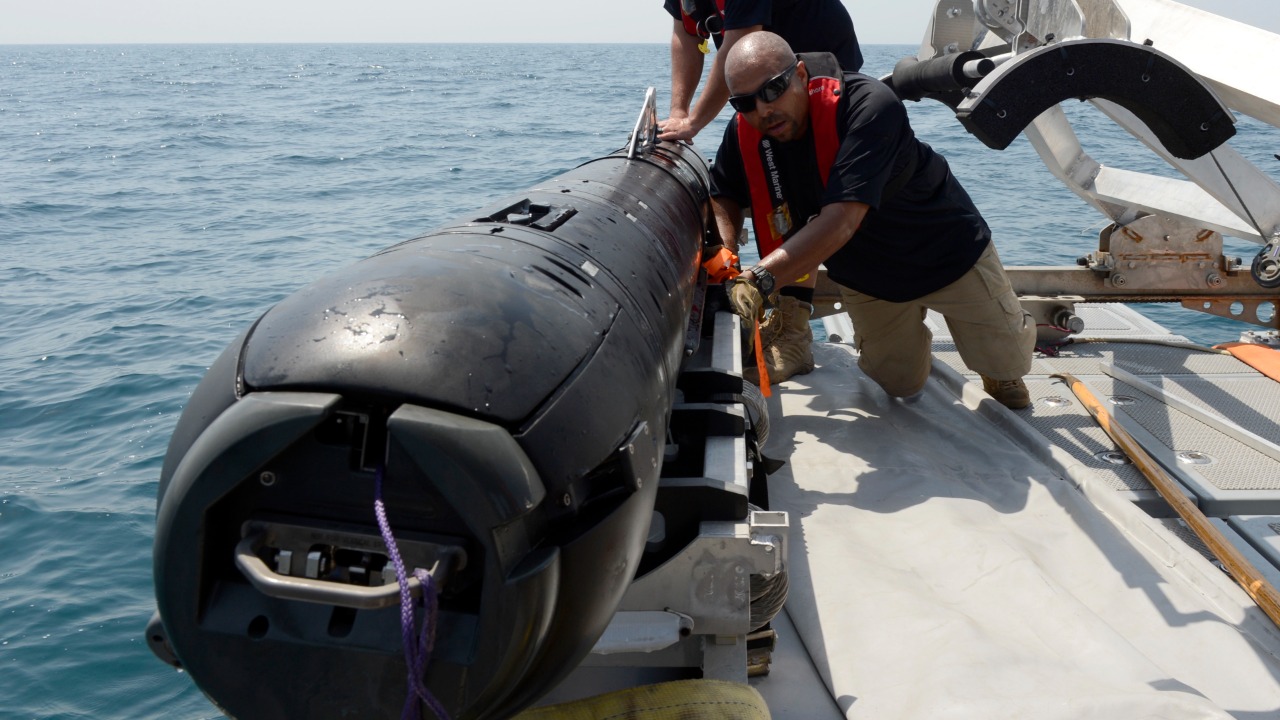
In recent years, a remarkable discovery has captivated the world of archaeology and technology enthusiasts alike: an ancient shipwreck containing a device that challenges our understanding of historical technological advancements. The Antikythera mechanism, an ancient artifact that has been described as the world’s first computer, was found amidst the remnants of a shipwreck dating back over two millennia. This device continues to intrigue researchers and historians with its sophisticated engineering, revealing insights into the advanced capabilities of ancient civilizations.
The Discovery of the Antikythera Shipwreck

Situated off the coast of the Greek island of Antikythera, the shipwreck was first discovered by sponge divers in 1900. This location, submerged in the Aegean Sea, offers a glimpse into a rich maritime history that spans several centuries. The wreck is believed to have occurred around 60-70 BC, likely during a storm that caused this Roman-era ship to meet its untimely demise. The cargo of the ship included a variety of artifacts, suggesting it was a vessel engaged in trading luxury goods, possibly en route to a significant destination in the Roman Empire.
The initial discovery and excavation process was fraught with challenges, ranging from the technical limitations of early 20th-century diving equipment to the sheer depth and size of the wreck. Despite these hurdles, the efforts led to the retrieval of numerous artifacts, including bronze and marble statues, glassware, and jewelry. Among these treasures was the Antikythera mechanism, a find that would eventually overshadow all others. As the excavation progressed, it became clear that this shipwreck was a treasure trove of historical significance, offering a rare snapshot of ancient life and commerce.
Understanding the Antikythera Mechanism

The Antikythera mechanism stands out as an extraordinary example of ancient technology. This complex analog device is often referred to as the world’s first computer. Comprising more than 30 bronze gears and dials, the mechanism was used to predict astronomical positions and eclipses for calendrical and astrological purposes. Its intricate design and function were far more advanced than any other known technology from its time, baffling researchers and historians alike.
What sets the Antikythera mechanism apart from its contemporaries is its sophisticated mechanical engineering, which includes differential gears—an invention not seen again until the 18th century. Theories about the origins and creators of this advanced device suggest it may have been developed by Greek scientists, possibly inspired by the teachings of notable figures such as Archimedes or Hipparchus. This has led to ongoing debates about the level of scientific knowledge and technical skill present in ancient Greece and its potential influence on subsequent technological developments.
The Mechanism’s Place in Technological History

When compared to other known technologies of the ancient world, the Antikythera mechanism is truly remarkable. While devices such as the Roman abacus or the Egyptian water clock served practical purposes, they lack the complexity and precision observed in the mechanism from Antikythera. This discovery challenges our understanding of ancient engineering and science, suggesting that earlier societies possessed a level of technological sophistication previously thought impossible.
The impact of the Antikythera mechanism on our understanding of ancient history cannot be overstated. It reshapes historical timelines by demonstrating that advanced mechanical devices existed long before the Industrial Revolution. This has significant implications for how we view the development of technology throughout history, prompting a reevaluation of the contributions made by ancient civilizations. The mechanism serves as a testament to the ingenuity of ancient engineers and scientists, whose achievements continue to influence modern technological advancements.
Modern Analysis and Research

Contemporary technology plays a crucial role in decoding the mysteries of the Antikythera mechanism. Techniques such as X-ray imaging and 3D modeling have allowed researchers to examine the intricate inner workings of the device without causing further damage. These methods have provided valuable insights into the construction and function of the mechanism, enabling a more comprehensive understanding of its capabilities.
The collaborative efforts of international teams have been instrumental in advancing research on the Antikythera mechanism. Scholars from various disciplines, ranging from archaeology to engineering, have come together to unravel the secrets of this ancient device. Despite significant progress, many questions remain unanswered, particularly concerning the specific purpose and use of the mechanism. Ongoing research continues to explore these mysteries, with the hope of shedding light on the full extent of its applications.
Implications for Archaeology and Future Discoveries

The discovery of the Antikythera mechanism highlights the potential for future underwater archaeological finds. Shipwrecks such as this one provide valuable insights into ancient trade routes, cultural exchanges, and technological advancements. As new technologies emerge, the ability to explore previously inaccessible underwater sites will likely lead to further revelations about our past. This underscores the importance of an interdisciplinary approach, combining expertise from various fields to uncover historical truths.
Speculation abounds about other possible undiscovered technologies hidden in shipwrecks around the world. With an estimated three million shipwrecks lying beneath the oceans, the potential for new discoveries is immense. Each find has the potential to reshape our understanding of history, offering fresh perspectives on the capabilities and achievements of ancient civilizations. As researchers continue to push the boundaries of exploration, the Antikythera mechanism serves as a reminder of the remarkable ingenuity and ingenuity of our ancestors.